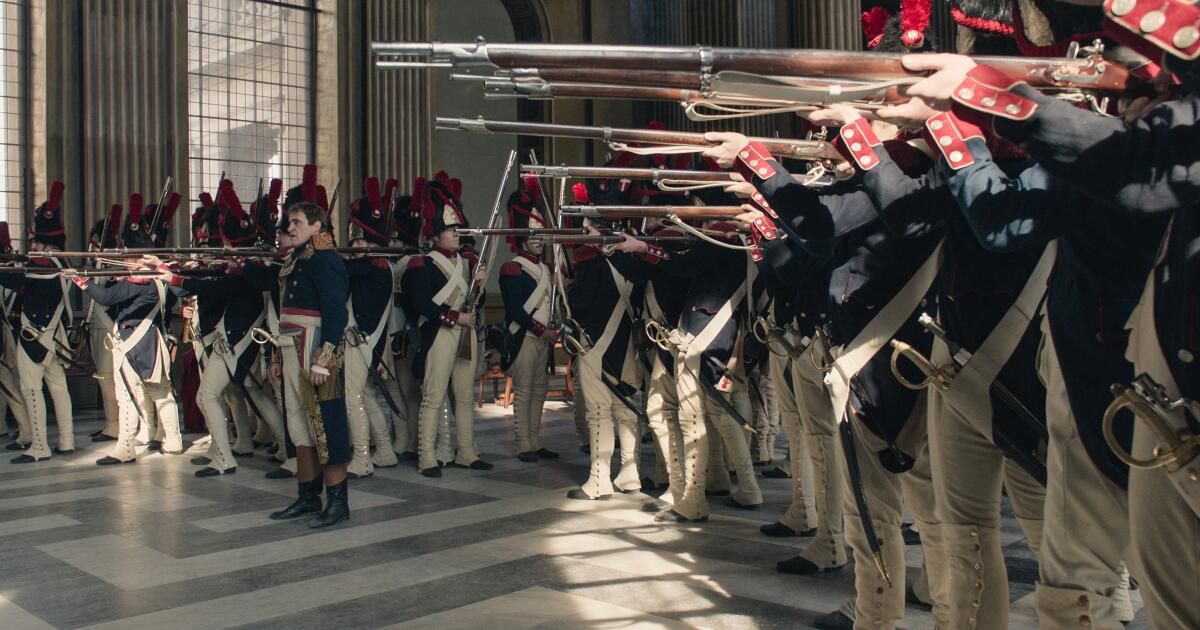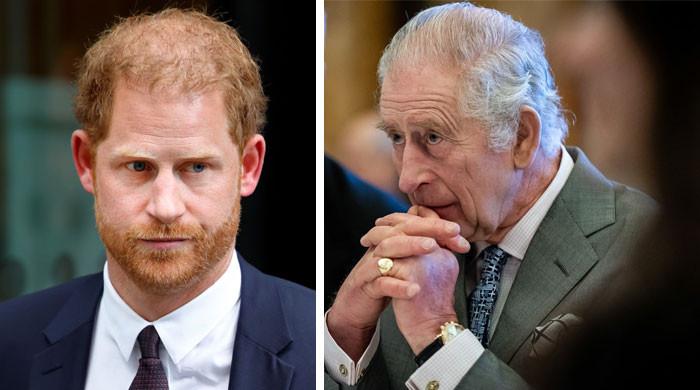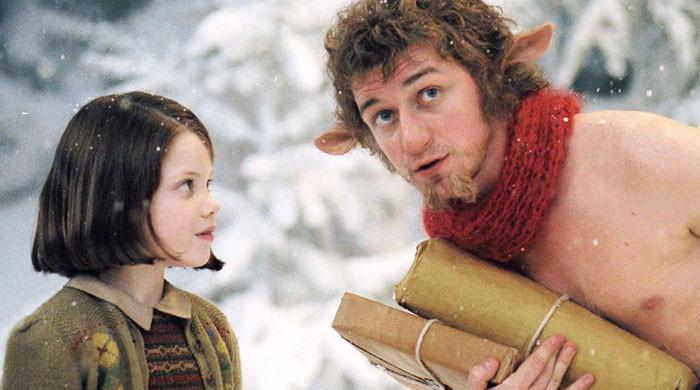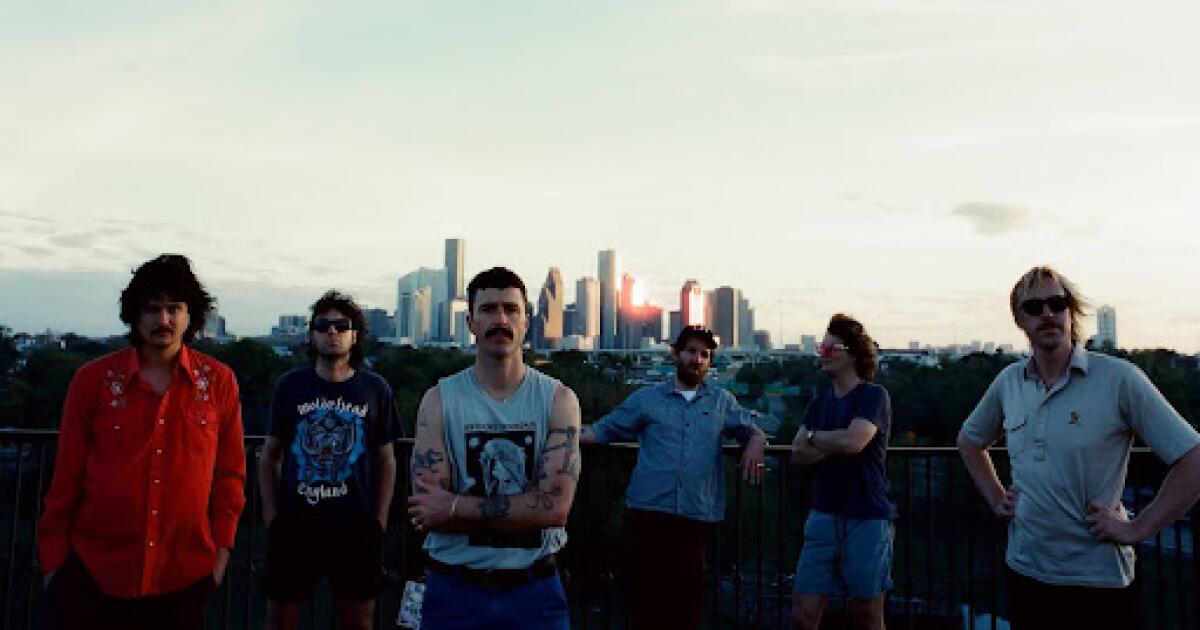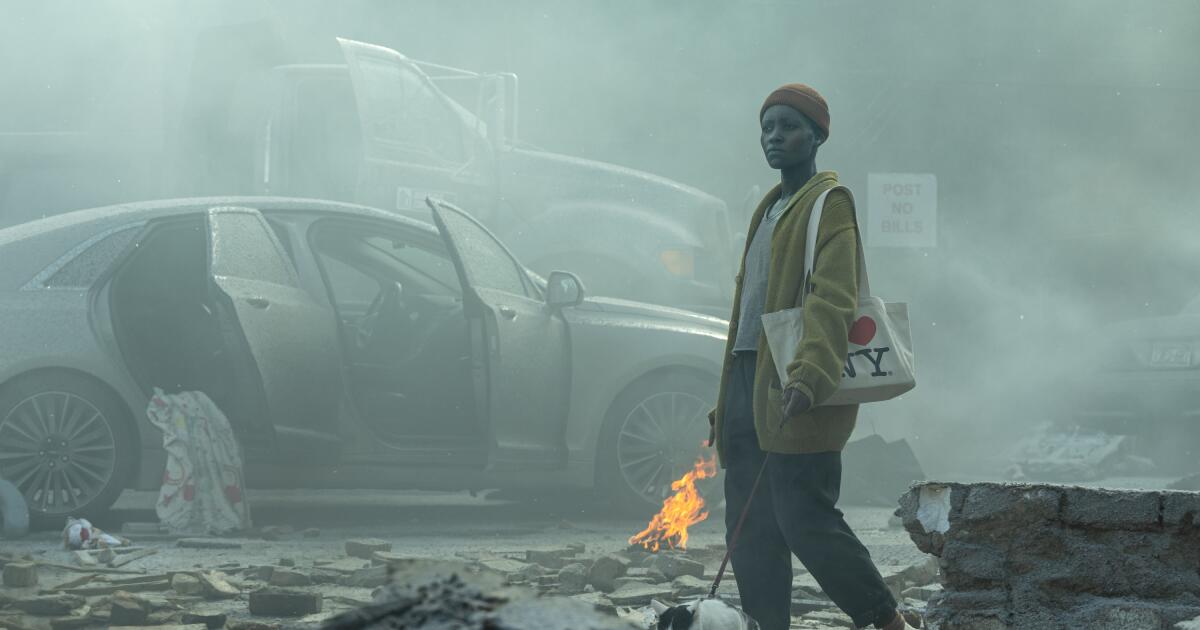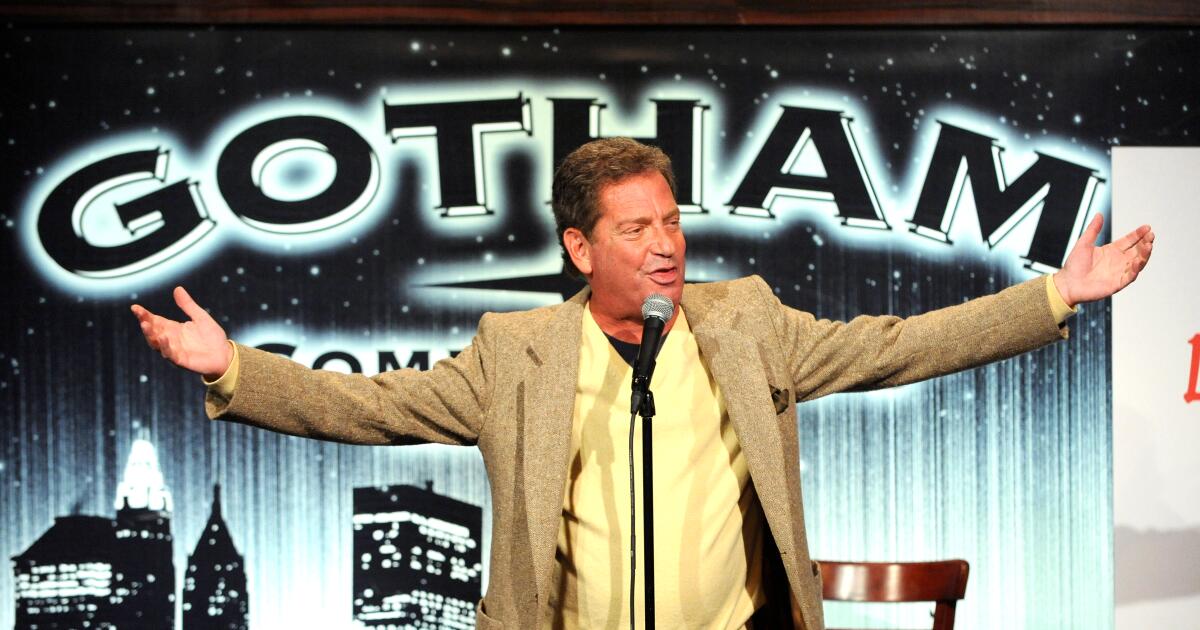Restraint was a guide for cinematographer Dariusz Wolski as he photographed Ridley Scott's “Napoleon,” an epic saga that explores the rise to power of the French emperor (Joaquin Phoenix) and his complicated relationship with his lifelong love. Josephine (Vanessa Kirby). “Simplicity is key, especially when dealing with a complex topic with so many elements and different periods,” Wolski says. “Ridley is all about scale, but you can tell an intimate story and at the same time show it to the world. “It was important to have a contrast between the huge battle scenes and what's happening between him and Josephine.” Neoclassical paintings inspired the Polish-born cinematographer's composition and lighting, which were stylized with period details, near-monochromatic color palettes, and wide angles. The battle scenes were framed “quite statically” and became their “paintings,” while giving the actors room to improvise captured moments of tenderness between the couple or, at times, Napoleon’s physical aggression and his actions. of defiance against French rule. Such is the case during a dramatic sequence of a hit that almost goes wrong. When Napoleon attempts to seize power, a growing government mob refutes his attempts and chases him out of the chambers. He returns with the devoted French army at his side. With muskets in hand, Napoleon asks the cameras: “Shall we vote?”
Napoleon's battles were big and small, inside and outside
